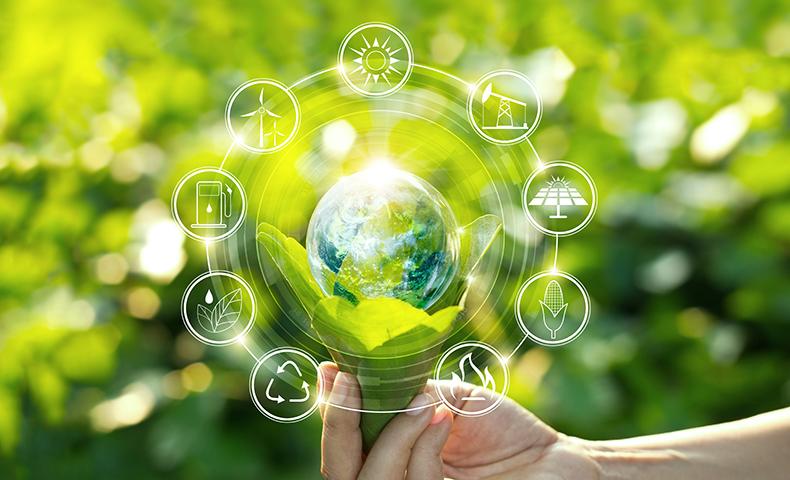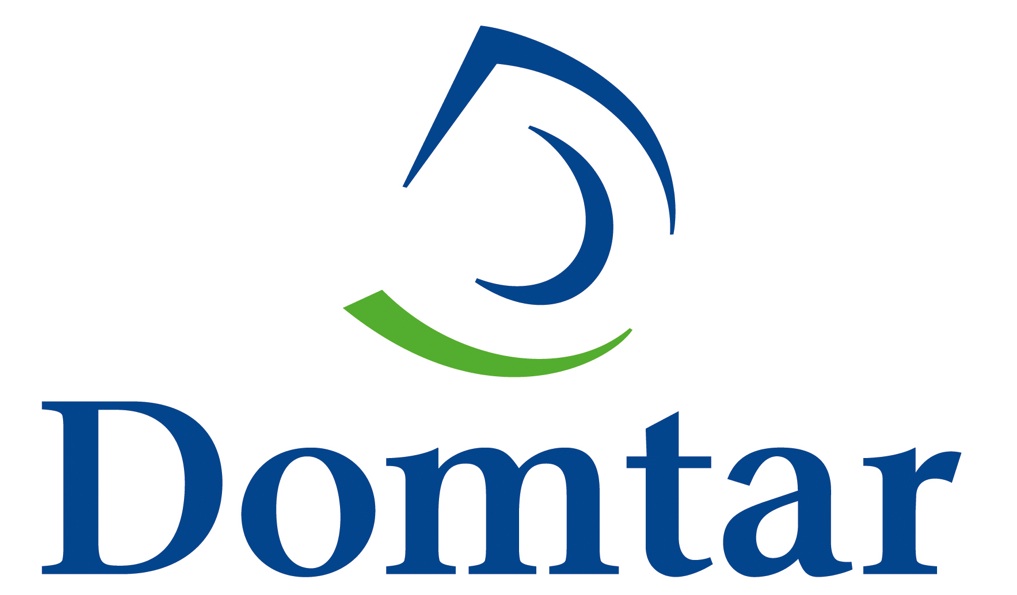Is Blockchain Technology the Next Step in Sustainability?

At Domtar, we continue to lead in environmental sustainability, with our work rooted in responsibility, efficiency and engagement. We were the first forest products company to become FSC-certified in North America, and now we’re working to understand what’s next in sustainable forestry. As we move forward in our sustainability journey, we’re exploring blockchain technology as a way to increase transparency in our supply chain.
“It’s natural that we are looking ahead to what may come next,” says Paige Goff, Domtar’s vice president of sustainability. “We’re researching ways to incorporate blockchain technology into our sustainability efforts so that we can demonstrate even greater transparency to our stakeholders. We think this technology can work hand in hand with our existing certification efforts and with environmental organizations to make our sustainability reporting process more robust and less complex.”
What is Blockchain Technology?
Blockchain technology is probably most familiar as the encryption technology that supports digital currency transactions (e.g., Bitcoin) and identity verification. “The name comes from its structure, in which digital records or blocks are linked together in a single list or chain,” explains Tammy Kahn, cofounder of BTblock, a blockchain and cybersecurity firm. “When a new block is added to a blockchain, it is linked to the previous block using a cryptographic hash generated from the contents of the previous block. This ensures the chain is never broken and that each block is permanently recorded.”
Additionally, blockchain data is automatically distributed to all of the computers that are connected to the blockchain network. In order to alter or falsify a record, someone would need to find and change every instance of the record. In addition, no one can alter a past block in the chain without also altering all subsequent blocks. As such, there is no single point of failure with this type of distributed ledger, making it incredibly secure.
“This append-only structure makes it a perfect architecture for tracking data across an extended supply chain, as the data contents of a new block must be agreed by all of the parties supporting the blockchain,” says Kahn.
David Garrity, cofounder of BTblock, agrees. “A supply chain represents an extended enterprise ecosystem connecting multiple parties, such as suppliers, manufacturers, distributors and end customers. Each supply chain participant needs accurate, reliable and timely information to support its operations in concert with the chain’s other participants,” he says. “Blockchain technology allows for an improvement in data analytics and business intelligence, such that greater transparency and visibility can be offered to all supply chain participants.”
Using Technology to Improve Transparency
Blockchain technology may be firmly entrenched in the financial sector, but it’s a newcomer to the forest products industry. Samantha Morrissey, forestry sector lead for Rainforest Alliance, says the technology, which is capable of capturing and storing geolocation data, could help provide the level of transparency that companies such as Domtar are seeking from their suppliers.
“Understanding where your wood products come from is critically important to ensure the forest of origin is well managed and the timber is responsibly harvested,” she says. “However, gaining this level of transparency is not always easy when you take into account that different parts of a single tree can end up in several totally different supply chains. [Chain-of-custody] technology — blockchain being a promising option — presents an opportunity for all of us to better understand where the forest products we use every day come from, enabling us to make informed decisions as consumers.”
Goff says blockchain technology has the potential to improve transparency and efficiency across our internal operations by empowering wood procurement managers at mills and facilitating communication analysis and executive decision-making across the organization. It also nurtures accountability among competitors, which can contribute to improving the reputation of our industry.
“When transparency becomes a priority, so does accountability,” says Brian Gale, co-founder and partner at BTblock. “The true opportunity is to create greater transparency and sustainability within the forest products industry, in which all major players will be compelled to participate.”

